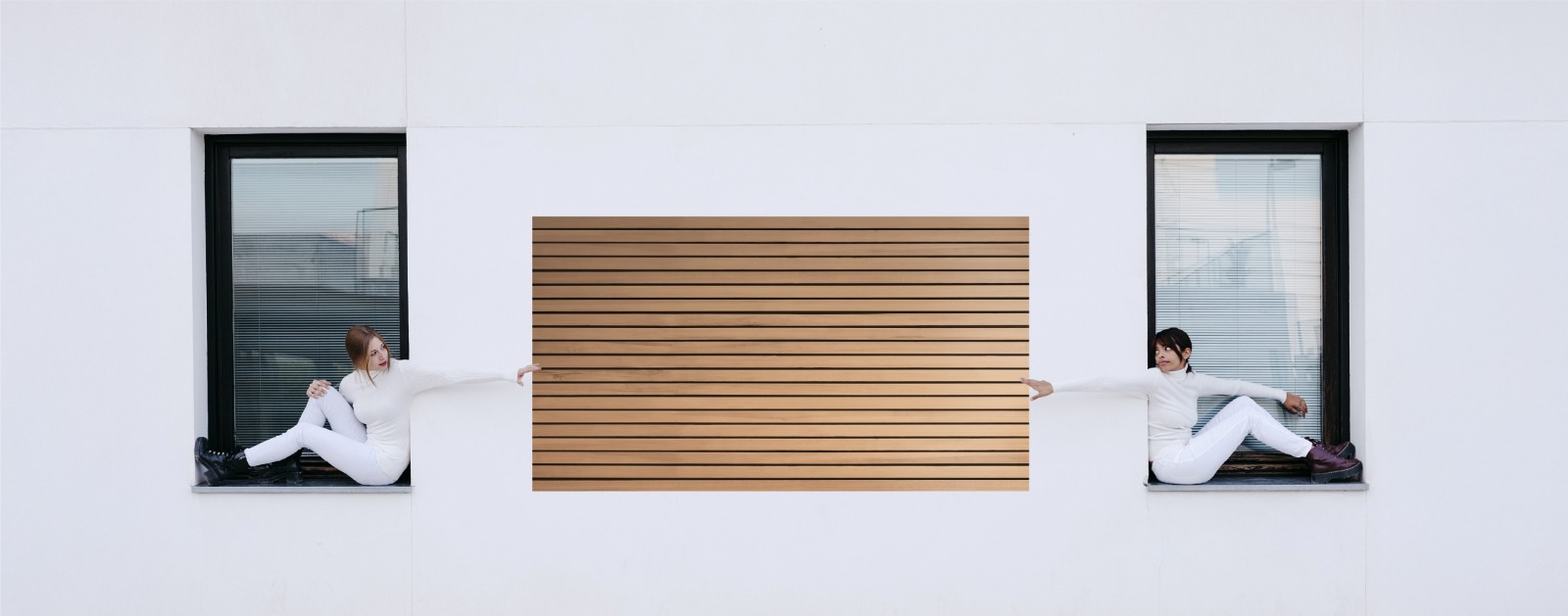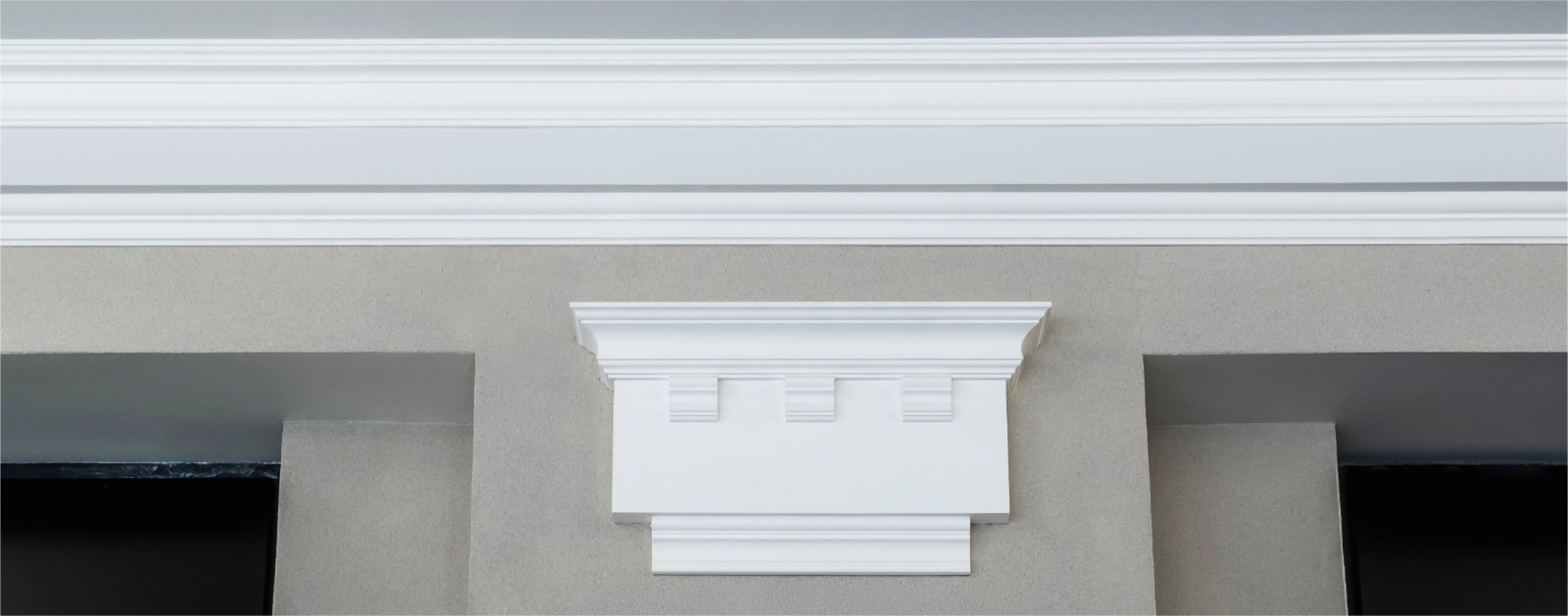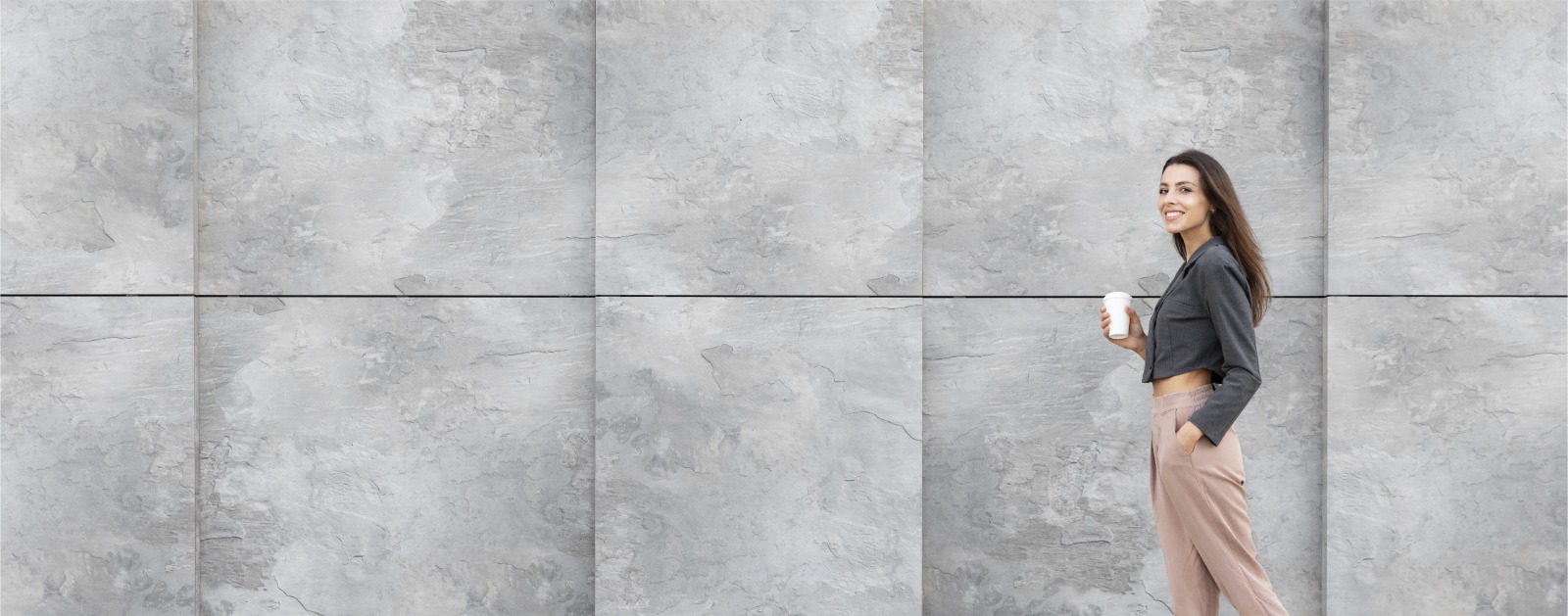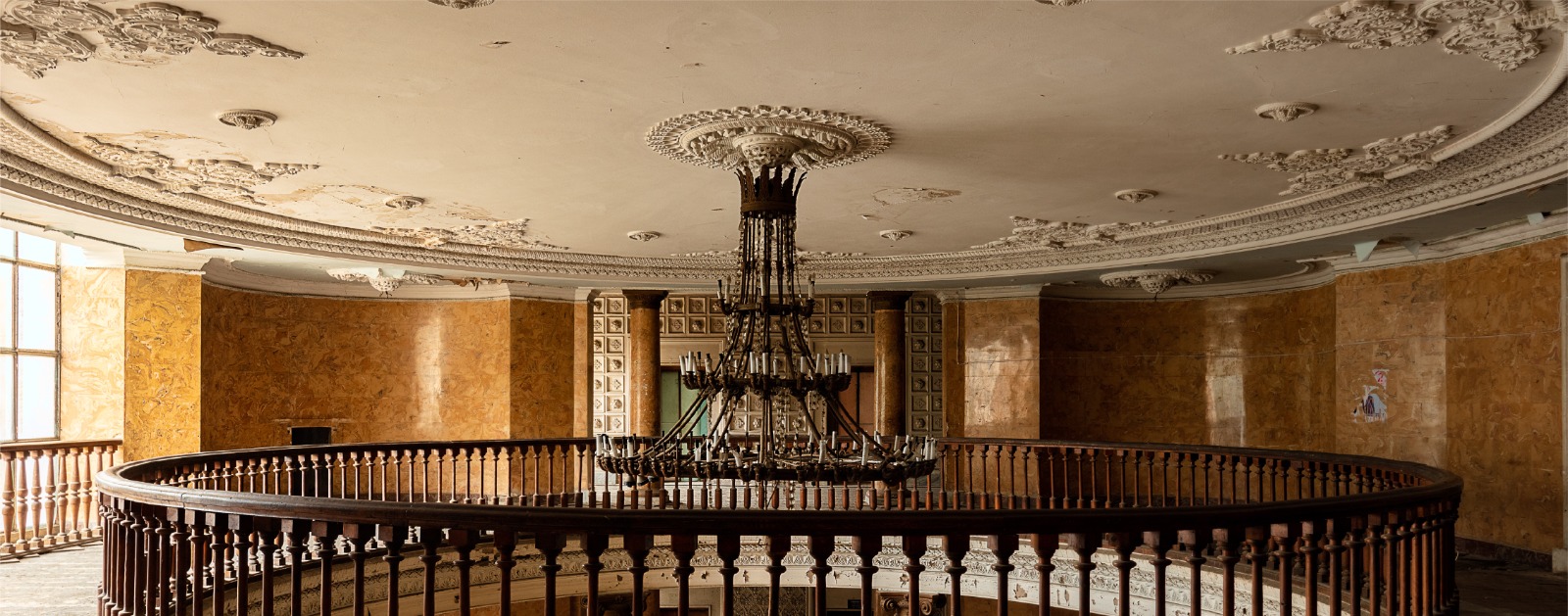
Ceiling Rose
Elevate Your Interiors with Stunning Ceiling Roses
Ceiling roses, often overlooked, are a captivating feature that can transform the mundane into something extraordinary. These ornamental fixtures, typically positioned around lighting fixtures, have evolved through history and now offer a range of options to suit any taste or style. Whether you're restoring a historic home or adding a touch of elegance to a modern space, ceiling roses provide an easy, yet impactful way to enhance your decor. In this post, we’ll explore the different types of ceiling roses, from the classic Victorian to the sleek modern styles, and why they should be on your design radar.
Plaster Ceiling Roses
Plaster ceiling roses have been a staple in interior design for centuries, celebrated for their intricate details and timeless appeal. Crafted from durable plaster, these ceiling roses add a touch of classical beauty to any room. Their rich textures and patterns can range from the elaborate to the understated, catering to a variety of design preferences.
One of the main advantages of plaster ceiling roses is their ability to be custom-designed. Artisans can create bespoke pieces that reflect personal tastes or complement specific architectural features. This customization ensures that each ceiling rose is not only a piece of art but also a perfect fit for the intended space.
Furthermore, plaster ceiling roses are renowned for their durability. When maintained properly, these decorative elements can last for decades, making them a worthwhile investment in both aesthetic and practical terms. Their longevity, coupled with their classic charm, makes plaster ceiling roses a favored choice among homeowners and designers alike.
Ceiling Rose Victorian
The Victorian era is synonymous with opulence and grandeur, and Victorian ceiling roses embody this ethos perfectly. These ornate designs often feature elaborate motifs such as floral patterns, scrolls, and acanthus leaves, reflecting the grandeur of the period. Installing a Victorian ceiling rose instantly adds a sense of history and elegance to a room.
Victorian ceiling roses are particularly suited to high-ceilinged rooms where their intricate details can be fully appreciated. Paired with a chandelier or other period lighting, they create a breathtaking focal point that commands attention. Their historical charm makes them an excellent choice for vintage or heritage homes aiming to preserve their original character.
However, Victorian ceiling roses aren't limited to period homes. They can also be incorporated into contemporary spaces to introduce an element of contrast and interest. Mixing styles in this way can result in a unique and personalized interior, showcasing the versatility and timeless appeal of Victorian ceiling roses.
Ceiling Rose Large
When it comes to making a statement, large ceiling roses are hard to beat. These substantial decorative pieces are ideal for creating a dramatic impact in any room. Their size allows for more elaborate designs, which can become a focal point in larger spaces such as ballrooms, dining rooms, or grand foyers.
Large ceiling roses work particularly well in rooms with high ceilings, where their scale can be appreciated without overwhelming the overall design. They can be paired with equally grand light fixtures to create a cohesive look that exudes luxury and sophistication.
Despite their grandeur, large ceiling roses can also be subtle if chosen in a simplified design. A minimalist approach to a large ceiling rose can still offer an impressive visual effect without overshadowing other elements in the room, providing both elegance and balance.
Ceiling Rose Modern
For those who prefer sleek, contemporary design, modern ceiling roses offer a fresh take on traditional styles. These designs typically feature clean lines, geometric patterns, or abstract motifs, aligning with modern aesthetics. The simplicity and elegance of modern ceiling roses make them an ideal choice for minimalist interiors.
Modern ceiling roses can be crafted from various materials, including lightweight polymers and metals, offering flexibility in terms of installation and maintenance. These materials allow for innovative design possibilities that can complement a wide range of modern decor styles.
In addition, modern ceiling roses often come in neutral colors or can be painted to match the room's palette, offering versatility in design. This adaptability makes it possible to use modern ceiling roses in various settings, from urban apartments to spacious modern homes, enhancing the space without clashing with existing decor.
Ceiling Rose Small
Small ceiling roses, though less grandiose than their larger counterparts, offer a charm and subtlety that can be perfect for smaller spaces or more understated aesthetic preferences. These compact designs are ideal for rooms where space is limited or where a gentle touch of decoration is desired.
Despite their size, small ceiling roses can still feature intricate details, making them a delicate yet impactful addition to a room. They are particularly effective in enhancing the look of smaller light fixtures, creating a harmonious and balanced appearance.
Small ceiling roses are also easier to install and maintain, making them a practical choice for those seeking to add a decorative element without the commitment that a larger piece might entail. They offer the perfect solution for adding character and style to smaller rooms or areas such as hallways and bedrooms.
Ceiling Rose: What You Need to Know
What is the purpose of a ceiling rose?
A ceiling rose serves as a connection point for chandeliers or lighting fixtures to the ceiling. It hides electrical wiring for a clean look and enhances the room's decor with its decorative design.
Why is it called a ceiling rose?
The term "ceiling rose" originates from its common floral or circular designs, inspired by rose motifs frequently found in historical architecture.
What is a 3 plate ceiling rose?
A 3 plate ceiling rose is an electrical fitting with three connection points used in lighting circuits. It facilitates easier management of lighting installations.
Who installs ceiling roses?
Ceiling roses are typically installed by professional electricians or experienced interior decorators. They ensure safe electrical connections and achieve a polished aesthetic.
What type of ceiling rose is best?
The best ceiling rose complements the room's decor style, ceiling height, and the lighting fixture in use. It should blend seamlessly with the overall interior design.
Which rooms should have ceiling roses?
Ceiling roses are ideal for living rooms, dining rooms, and any space where decorative lighting fixtures are used to enhance the room's ambiance.
How to attach a ceiling rose to a ceiling?
To attach a ceiling rose, first turn off the power. Secure the rose to the ceiling using screws and ensure that the electrical connections are correctly made. It's












